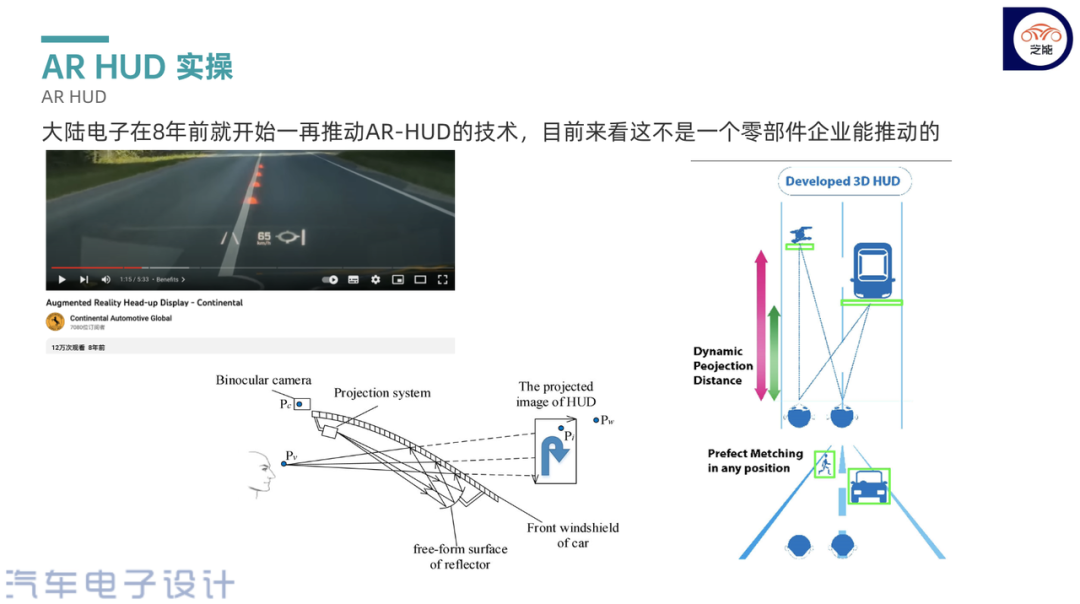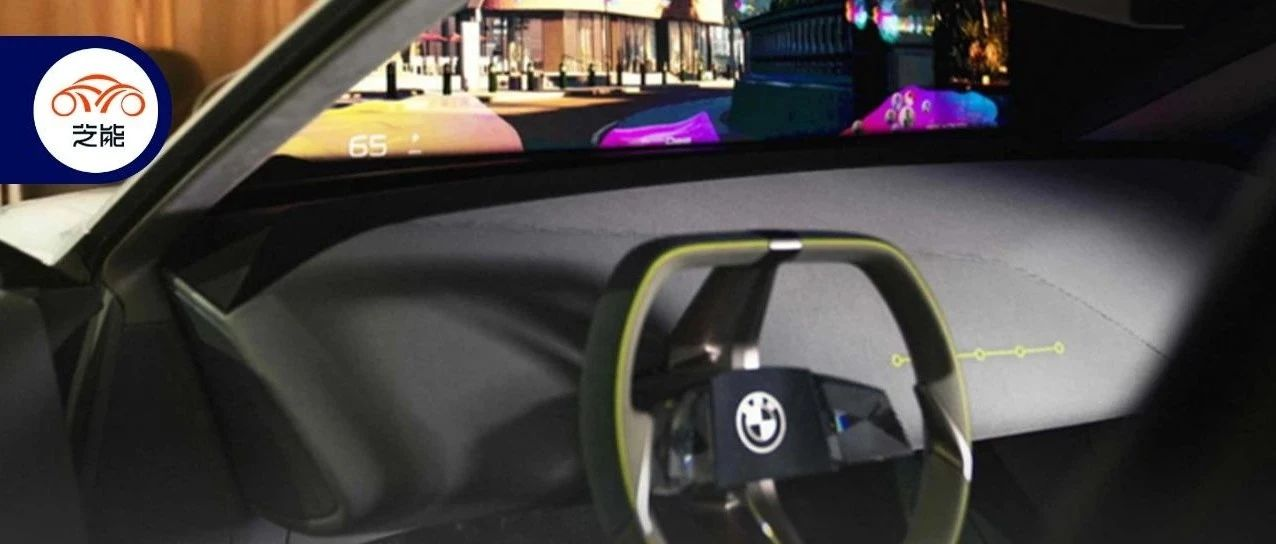Author: Taoyanyan
Recently, more and more new cars are using HUD technology, from cars priced at 100,000 to those priced at 500,000, making it almost a standard feature for new cars.
Originally, it was just an additional configuration for new cars, but the speech made by Oliver Zipse, the CEO of BMW, at CES2023 turned this HUD and large screen into competitors. Zipse believes that the dashboard and high-definition information display screens inside cars might disappear, as this kind of system will divert the driver’s attention away from the road and cause safety risks. Therefore, the central screen-based display will soon become history. This has sparked a fierce debate.
Reference: “Big dashboard displays might disappear in next 10 years: BMW CEO Oliver Zipse”
Having just test driven the ET7 yesterday, I experienced the HUD function, and I have to admit that Zipse’s speech was at least accurate regarding how HUD can provide drivers with more direct information. (But it’s hard to say whether the energy saved by drivers using HUD will allow them to drive more attentively.)
The CEO of BMW’s speech was mainly due to the Neue Klasse, which was exhibited at the 2023 CES. This is a concept car inspired by the Metaverse, namely the i Vision Dee, which highlights the experience in the digital age in terms of hearing, vision, and interaction. The three main focuses are:## HUD Evolution
From the current product form, C-HUD (Combiner HUD) and W-HUD (Windshield HUD), which have been developed for 20 years, do not have a big impact on consumers. The biggest difference between the two is that the projection medium of C-HUD is a transparent resin glass display screen placed above the dashboard.
◎In terms of technology and effect: C-HUD has a simple optical structure and is relatively easy to design, but its display size and distance are limited. The imaging distance is only as far as the projected light source reaches the resin glass display screen, which poses a potential hazard in the event of a vehicle collision.
◎In terms of arrangement and cost: The CUHD technology is more mature and is generally used as an aftermarket solution. It is a standard part, and the development cost only needs to be invested once to achieve mass production. The projection medium of WHUD directly uses special automotive windshield glass as a display screen, and the display effect is more integrated. However, its optical structure is relatively complex, and the design and arrangement difficulty are higher.
Although they are competitive when it comes to LCD instruments and large screens, they are not a high penetration solution in a larger sense.
The concept of AR-HUD technology has always existed, which combines the projected content, position, and real environment to display some driving information vividly and reasonably in the driver’s visual area. Using windshield glass for projection imaging allows for a larger display range and has AR effects. The larger imaging area and farther projection distance allow the driver to have a more comfortable and clear experience in obtaining information, with a wider field of view. This is the basis for integrating with the real environment. The integration of environmental information improves the efficiency of interaction again. This more direct way of displaying information undoubtedly improves the efficiency of interaction by providing richer information while integrating with environmental information.However, the era of so-called AR-HUD has not yet arrived, particularly when it comes to Volkswagen’s MEB, which is not quite impressive:
◎ Integration algorithm poses software capability requirements on automotive companies: AR-HUD analyzes and models road information to project precise information on the corresponding location ahead, ensuring that human eyes and HUD displays project the real road scene onto one perspective. However, the actual HUD carrier is still inadequate in terms of computing power and algorithm capability, which still leaves some room for improvement.
◎ Software compatibility issue in cockpit and ADAS function: AR-HUD requires high coordination of software compatibility between the two cockpits and automatic auxiliary driving, including navigation routes, speed, blind spot detection, lane departure warning, forward collision warning and pedestrian detection.
◎ Sun glare problem: AR-HUD’s augmented reality images are enlarged, magnifying the problem of sun glare which further reduces the usefulness of the system. The overall size of AR-HUD is also very large, and without presetting, many companies can only rely on forward-looking visions to provide similar functionality, something similar to futures trading.

In this year’s CES, BMW aimed to use its AR HUD head-up display instead of the instrument panel. In the i Vision Dee concept car showcased at the event, the use of a Mixed Reality Slider feature on the center console enables drivers to choose their preferred display screen while virtual reality technology is employed to incorporate external buildings into the map. This technology will be used on BMW’s Neue Klasse new generation electric vehicles scheduled for launch in 2025.
President Zhu’s Comments
BMW’s idea is definitely taking a different approach this time.
It is my belief that if BMW uses a high-computing power cockpit software and combines various functions of automatic auxiliary driving with the algorithms of the driver monitoring system (DMS) through eye-tracking, the entire system will become better. For BMW’s Dee (Digital Emotional Experience) human-machine interaction system, a high demand on software compatibility and algorithm is necessary for success. The launch of Neue Klasse digitalized cockpit in 2025 will allow us to see the role played by Qualcomm in this regard.I have two good friends, one works on HUD and the other on large screens. It’s hard to imagine if, as BMW says, this is a way to outcompete another company.

Summary: Oliver Zipse, in order to add highlights to BMW’s concept car, has a feeling of shock and awe. Overall, the appearance of this concept car follows a cute style, and the interior is also simple. If the AR HUD on this type of car replaces the large screen, it is also a possibility for the future.
This article is a translation by ChatGPT of a Chinese report from 42HOW. If you have any questions about it, please email bd@42how.com.
